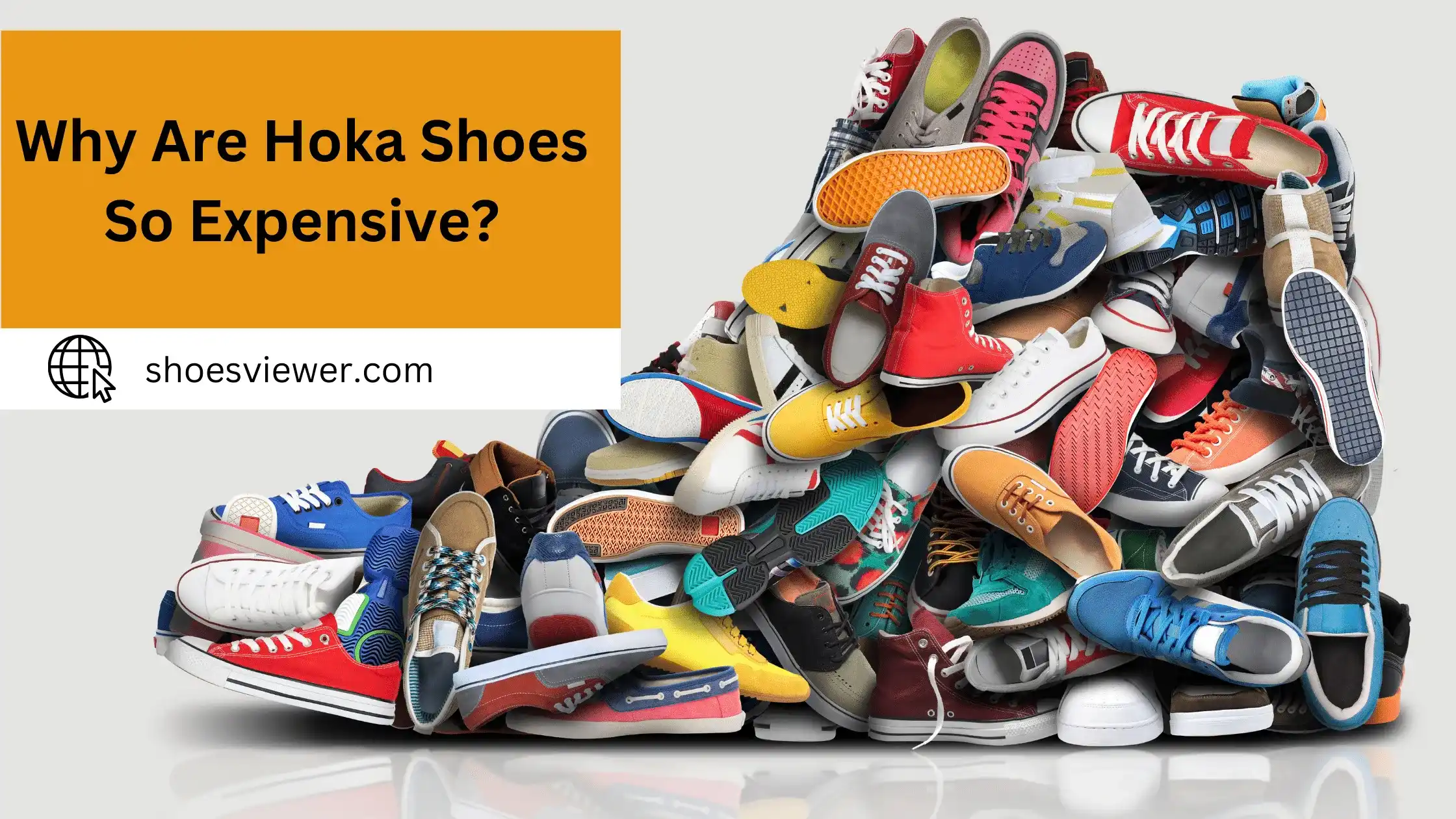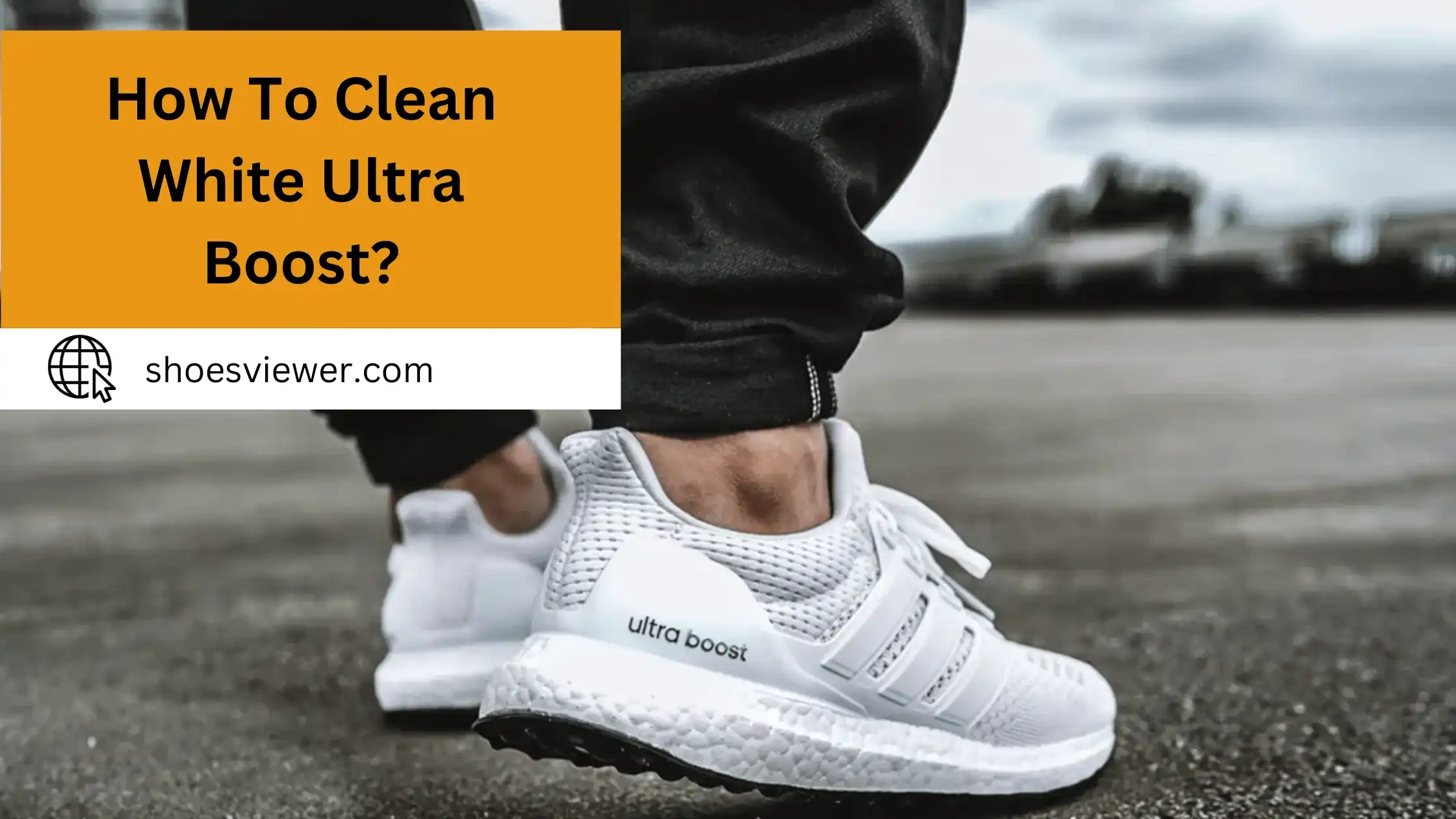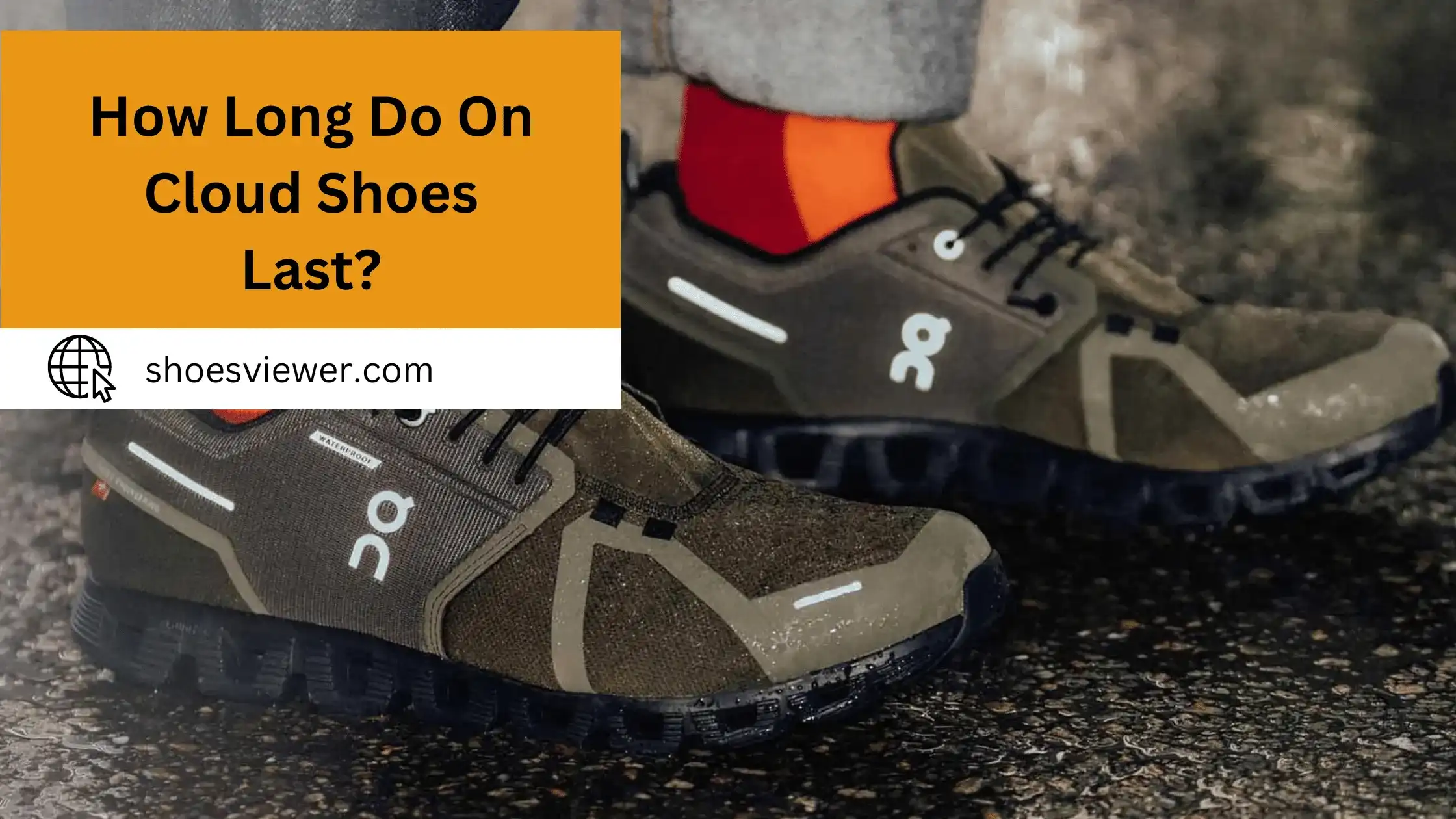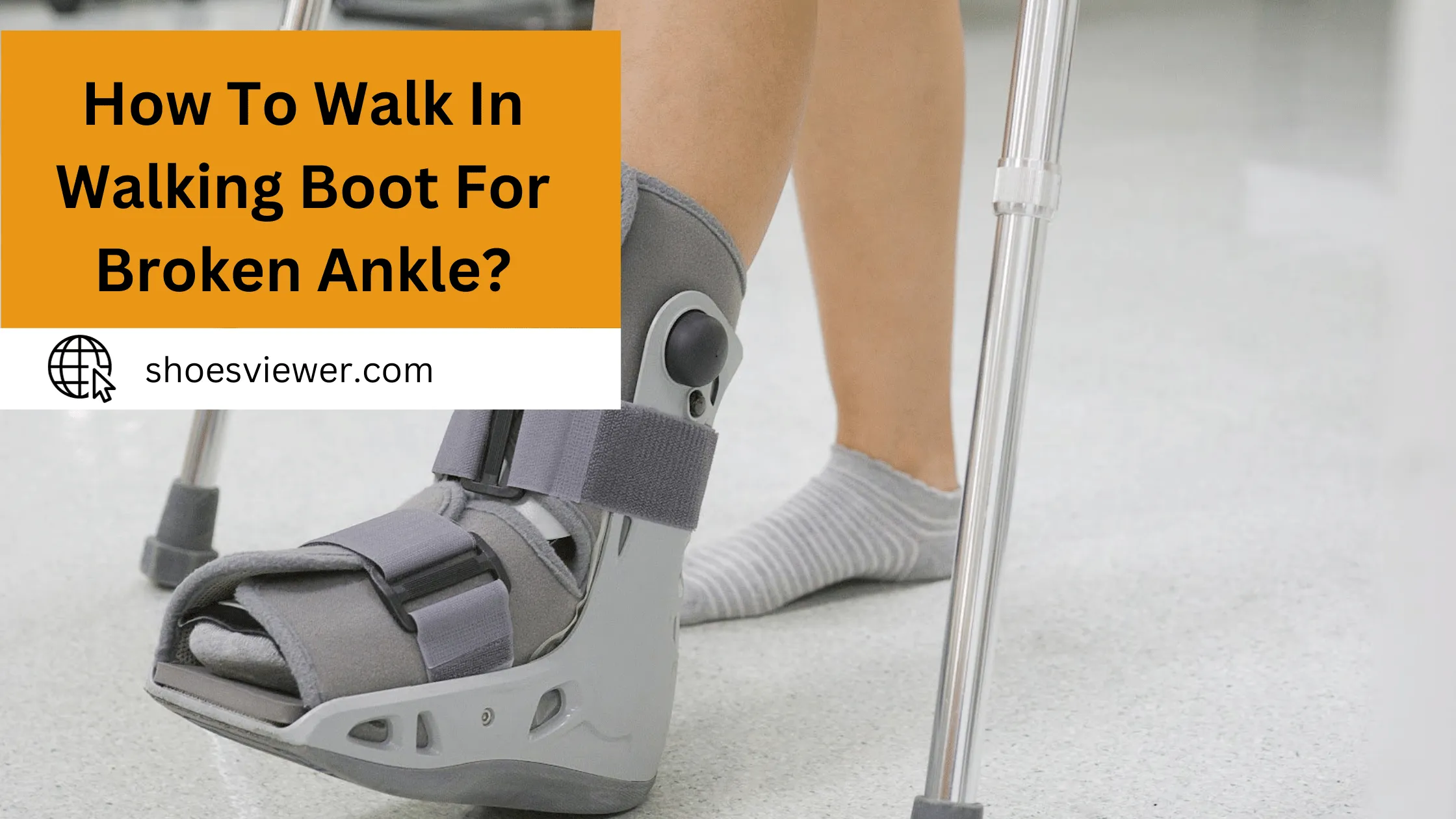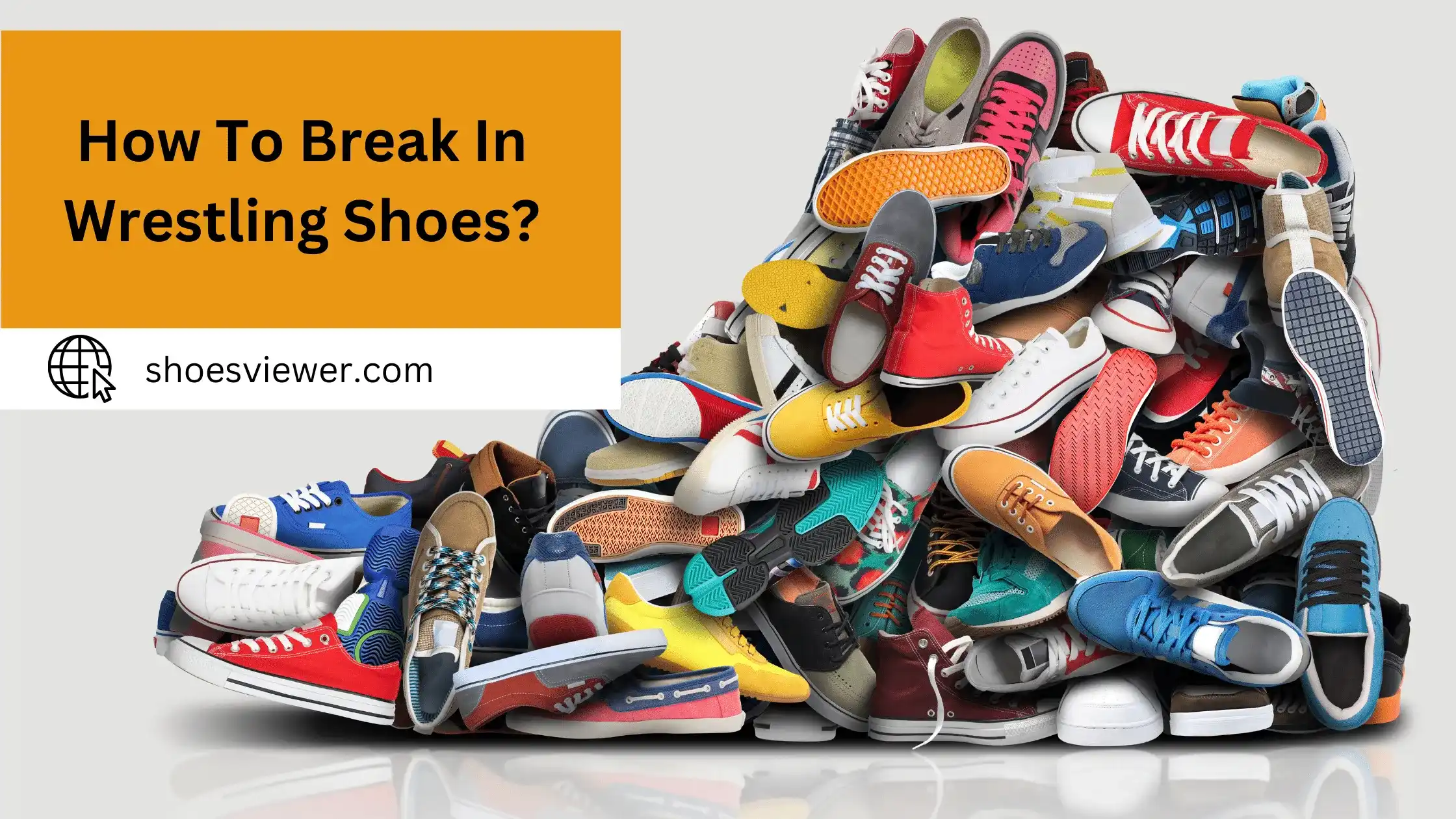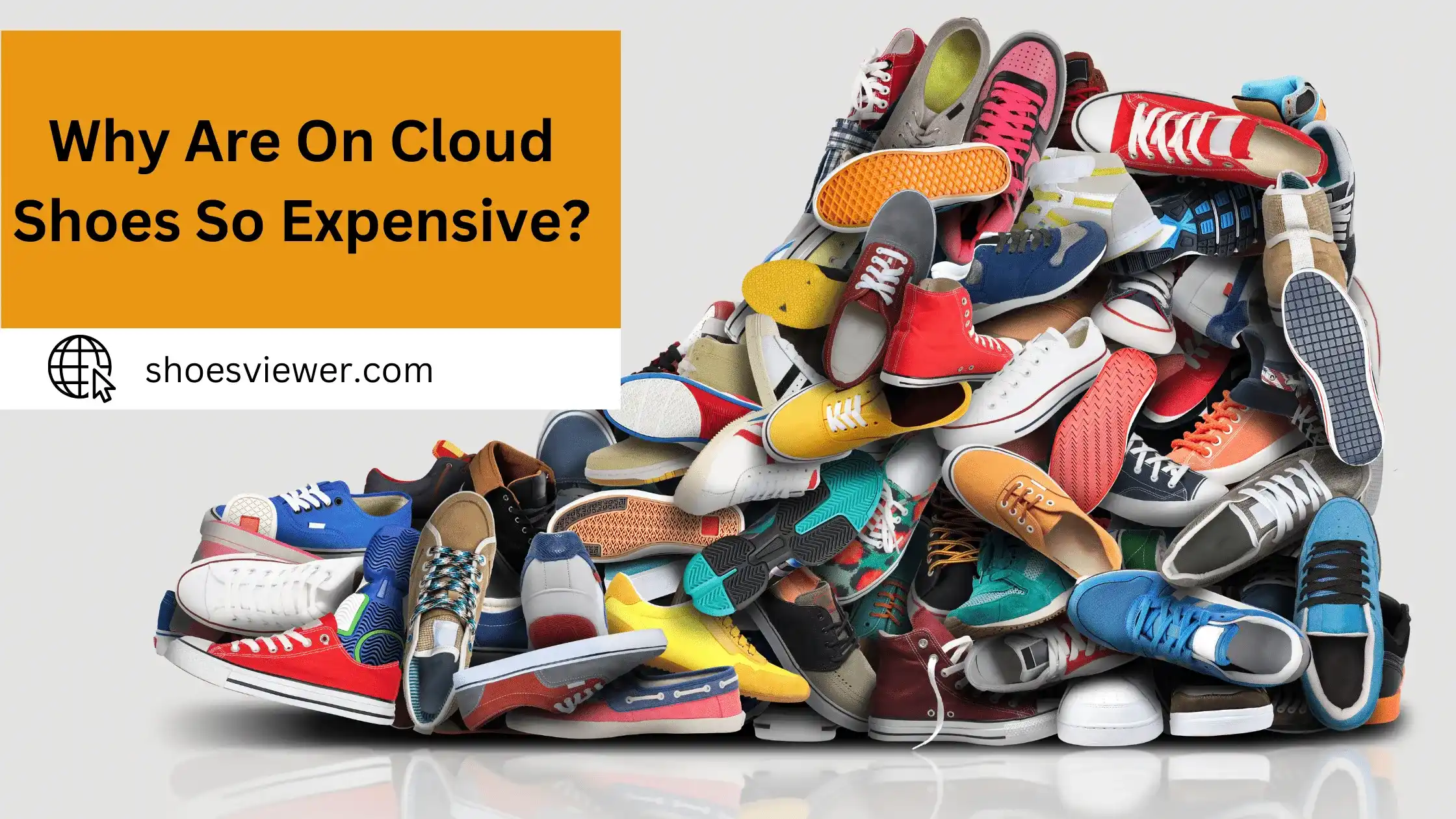We are sure that you might’ve heard of HOKA shoes. Whether it’s from a close friend, running coach, or advertisement, everyone seems to be talking about this revolutionary shoe technology. However, many people have this one burning question. We’ve all experienced sticker shock when trying on a new pair at the store and sometimes it can seem too steep for comfort.
We’ll look closely at what exactly makes HOKA shoes so pricey and why they may be worth your investment. We’ll talk through whether the high asking price justifies purchasing such an expensive piece of gear meant to take pounding after pounding from your runs!
As athletic footwear has evolved over the years, few brands have captured the imagination of runners and sports enthusiasts quite like Hoka One One, commonly known as Hoka. The brand has become almost synonymous with premium running shoes. But this reputation comes with a cost literally. Hoka shoes are often pricier than other alternatives in the market, leading many to question what makes these shoes special and whether they’re worth the investment.
Why Hoka Shoes Stand Out?
At first glance, Hoka shoes can easily be distinguished by their characteristic thick midsoles. However, this design element isn’t merely aesthetic; it has a functional purpose. The substantial cushioning allows for enhanced shock absorption, providing runners and athletes the comfort they need during high-impact activities.
Beyond this, Hoka also pays enormous attention to ergonomics. They don’t just make shoes; they make footwear engineered for specific movements, foot shapes, and individual needs. From road runners to trailblazers, there’s a Hoka shoe designed for almost every kind of athlete.
Material Matters - The Role of Premium Materials in Hoka Shoe Pricing:
Diving into the shoe composition, one realizes that Hoka’s use of materials is uncompromisingly premium. The brand frequently opts for high-grade, durable fabrics, and cushioning technologies that aren’t commonly found in lower-end athletic shoes.
For example, the type of foam used in the midsoles offers an optimal balance of cushioning and resilience, ensuring that the shoe retains its shape and efficacy over a long period of extensive use. Materials like breathable mesh, reinforced rubber outsoles, and durable uppers made from tear-resistant fabric contribute to both the shoe’s performance and its lifespan.
Innovation and Technology - How Hoka’s Unique Features Drive Up the Cost:
The commitment to research and innovation is another critical factor in Hoka’s pricing strategy. Advanced features such as the ‘Meta-Rocker’ technology and proprietary cushioning foams are a result of rigorous research and development activities.
For instance, the Meta-Rocker essentially acts as a ‘wheel’ for your foot, aiding the runner through the gait cycle. This feature alone requires a sophisticated design approach, extensive testing, and a keen understanding of biomechanics.
Such innovative features often stem from collaborations with sports scientists, engineers, and even elite athletes to understand specific needs and problems. As you can imagine, this level of dedication to innovation requires a significant financial outlay, which is naturally reflected in the final cost of the shoes.
The Comfort Factor - Why Hoka Shoes Are Worth the Investment?
Perhaps one of the most compelling reasons people choose Hoka is the unparalleled comfort the brand offers. The shoes are often praised for their ability to minimize fatigue and reduce the risk of injuries, thanks to their plush cushioning and supportive structure.
For many, especially those who run long distances or have pre-existing foot or joint issues, the comfort factor alone justifies the higher cost. When you consider the potential for reduced healthcare costs due to fewer injuries, as well as a more enjoyable running experience, the price tag starts to look more like an investment in your well-being.
The Role of Design in Hoka Shoe Pricing:
The role of design in the pricing of Hoka shoes is significant, encompassing a range of factors from material selection to research and development, as well as aesthetic considerations. These specialized shoes come at a premium price, and several aspects of their design contribute to this cost.
Research and Development:
Creating a high-performance shoe like those offered by Hoka often involves substantial investment in research and development. The goal is to provide a shoe that offers optimal support, minimizes injury risk, and enhances performance all factors that require specialized design expertise, which comes at a cost.
Technical Features:
Hoka shoes often come with specialized design features aimed at solving specific problems for runners. This can range from unique midsole geometries for better cushioning and bounce to specific types of treads for better grip on various surfaces. Even the lacing system might be specially designed to provide a more secure or comfortable fit. Each of these specialized features often involves additional design and manufacturing complexity, thereby increasing the price.
Brand Positioning:
Hoka has positioned itself as a premium brand, and this is reflected in the design choices it makes.. Consumers often associate better design with higher quality, and they are generally willing to pay a premium for a product that is well-designed, both in terms of functionality and aesthetics.
Comparative Analysis - Hoka Shoes vs. Other Brands:
When considering an investment in athletic footwear, especially running shoes, consumers often find themselves comparing various brands to gauge which offers the best value for their needs. Below is a comparative analysis focusing on different metrics such as price, materials, innovation, and durability.
Price:
Hoka shoes are generally positioned in the mid-to-high-end price range, making them more expensive than mass-market brands but generally competitive with other premium offerings. For those on a budget, brands like RBX, Skechers, and even some Adidas or Nike offerings may present a more affordable option. However, as the saying goes, you often get what you pay for.
Materials:
Brands like Nike and Adidas often use a variety of materials, ranging from standard synthetics to innovations like Nike’s Flyknit or Adidas’s Primeknit. Hoka, however, focuses less on the upper material innovation and more on the midsole and cushioning technologies. The brand uses proprietary foams and geometries designed to offer superior comfort and support, which sets it apart from both mass-market and other high-end brands.
Innovation:
When it comes to technology and innovation, brands like Nike and Adidas are renowned for their continual investment in R&D, producing technologies like Nike’s Air Max and Adidas’s Boost cushioning. Hoka, though not as diverse in its range of technologies, focuses its innovation heavily on providing maximalist cushioning and features like Meta-Rocker geometry for smoother transitions in the gait cycle. This makes Hoka a particularly good choice for those with specific needs, such as runners focusing on long distances, athletes with a history of joint issues, or anyone in need of extra support and cushioning.
Durability:
Durability is an important factor when investing in running shoes, and Hoka does not disappoint in this category. Thanks to their premium materials and quality construction, Hoka shoes tend to offer good longevity, often outlasting cheaper alternatives. Brands like Asics and Brooks, known for their durable construction, are often compared with Hoka in this regard, and Hoka usually holds its own quite well.
Specialization:
While many brands offer a broad range of athletic footwear catering to various sports and activities, Hoka has carved out a niche mainly in the long-distance running and hiking segments. Brands like New Balance and Asics offer more generalist shoes suitable for a range of activities but may not provide the specialized features that Hoka does for its target activities.
Conclusion:
The price tag of Hoka shoes is a reflection of the brand’s commitment to quality, innovation, and comfort. From the use of premium materials to the investment in research and development, each aspect of the shoe’s construction contributes to its higher cost.
However, for many consumers, the benefits such as improved comfort, reduced risk of injury, and enhanced performance make Hoka shoes a worthwhile investment. While they may not be the most budget-friendly option, their unique combination of features and benefits often make them a preferred choice for those who are serious about their athletic performance and physical well-being.
